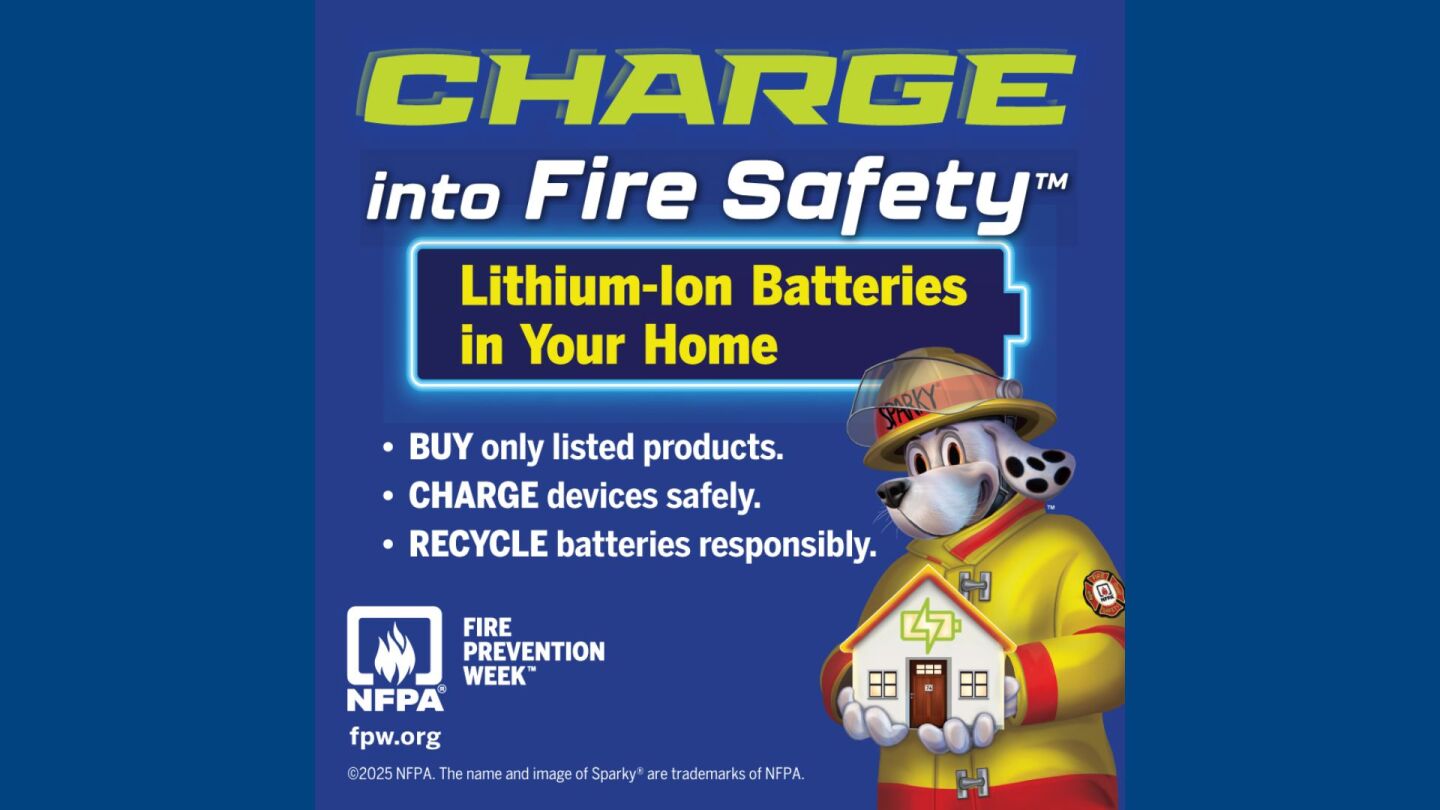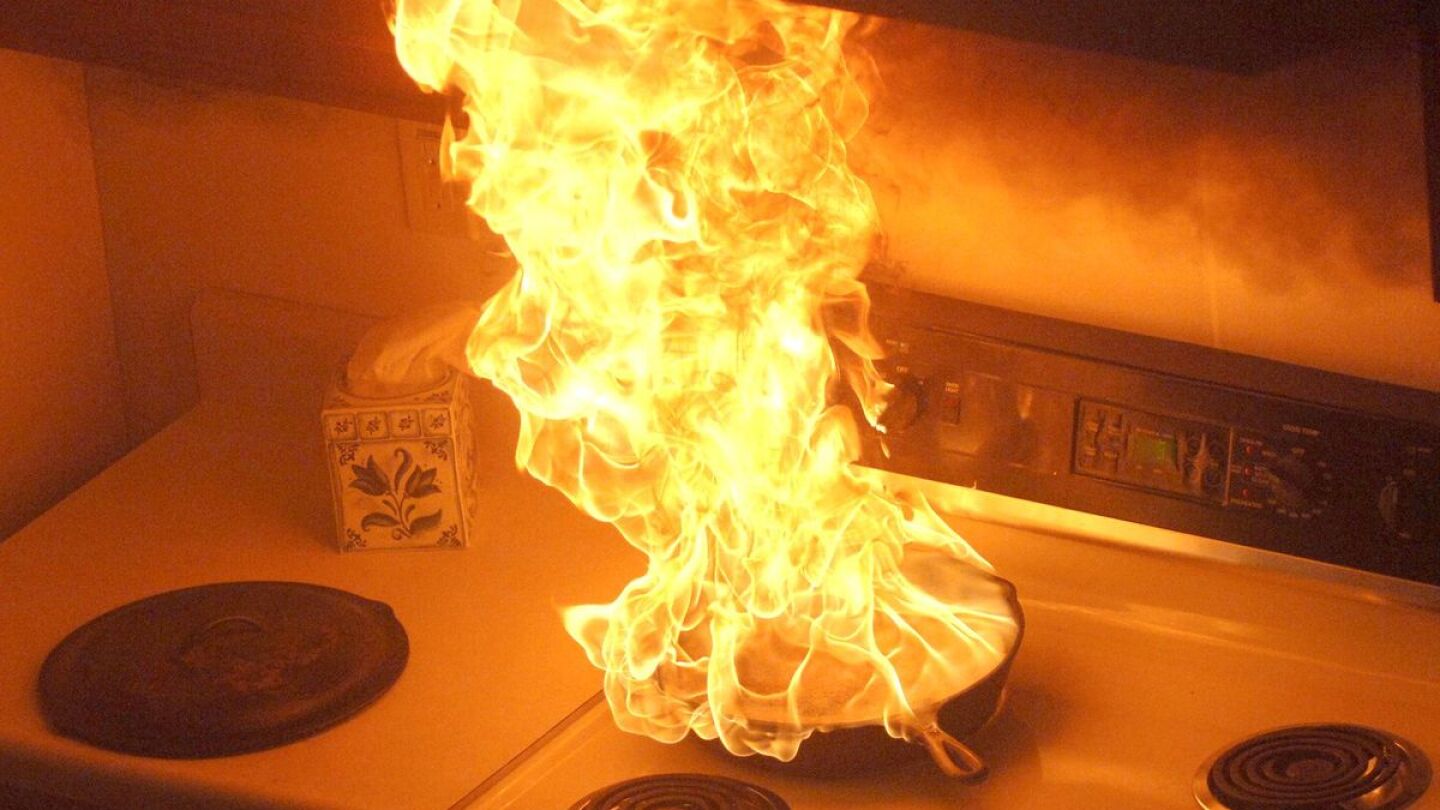- Firefighters have plans A, B, and C – what about the occupant?
- Video of the Week: Firefighters create song, video for #FirePreventionWeek
- Ill. firefighters teach lifesaving lessons during Fire Prevention Week
- Video: Firefighters sing, dance to teach kids about fire prevention
- National Fire Prevention Week 2022: Prepping for the big event
What is Fire Prevention Week?
Fire Prevention Week is an annual public safety campaign sponsored by NFPA. Its goal is to educate the public about fire safety and prevention strategies to reduce the risk of fire-related injuries and deaths. Fire Prevention Week is the longest-running public health observance in the U.S., dating back to 1922.
When is Fire Prevention Week?
Fire Prevention Week always takes place during the week that includes Oct. 9.
How did Fire Prevention Week begin?
Fire Prevention Week commemorates the Great Chicago Fire of Oct. 8–10, 1871, which killed over 250 people and left more than 100,000 homeless. In 1925, President Calvin Coolidge proclaimed the first National Fire Prevention Week to raise awareness about fire safety. Since then, the NFPA has led the campaign, selecting a new theme each year to address emerging fire hazards.
How can my fire department participate in Fire Prevention Week?
Fire departments can engage their communities through various activities:
- Host Open Houses: Invite the public to tour fire stations and learn about fire safety.
- School Visits: Provide educational sessions in schools using age-appropriate materials.
- Community Events: Set up booths at local events to distribute safety information.
- Social Media Campaigns: Share daily tips and resources related to the FPW theme.
The NFPA offers a range of resources to support these activities, including lesson plans, videos, and promotional materials.
How can I order Fire Prevention Week materials?
The NFPA provides various educational and promotional materials for Fire Prevention Week:
- Activity Booklets: Engaging materials for children to learn about fire safety.
- Stickers and Posters: Visual aids to reinforce safety messages.
- Brochures: Informative pamphlets on specific fire safety topics.






























